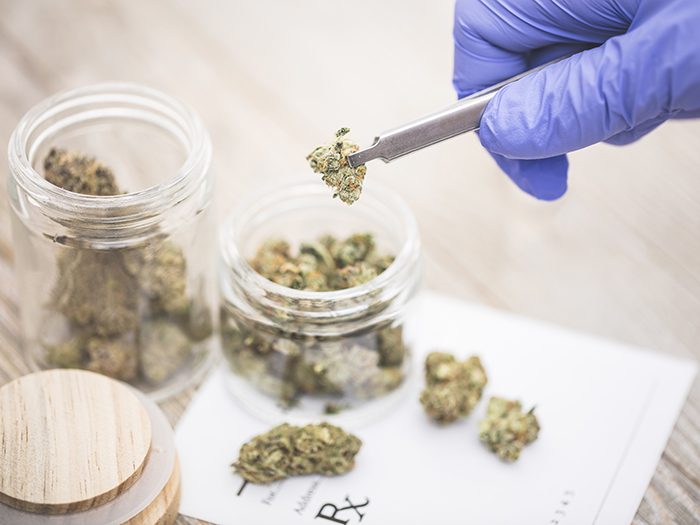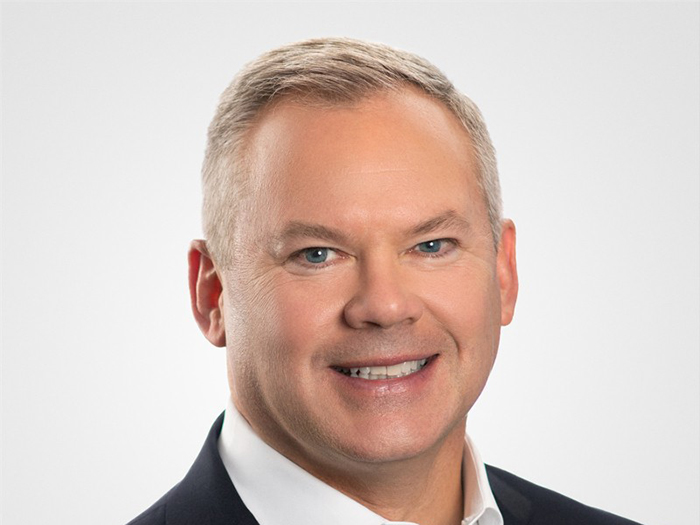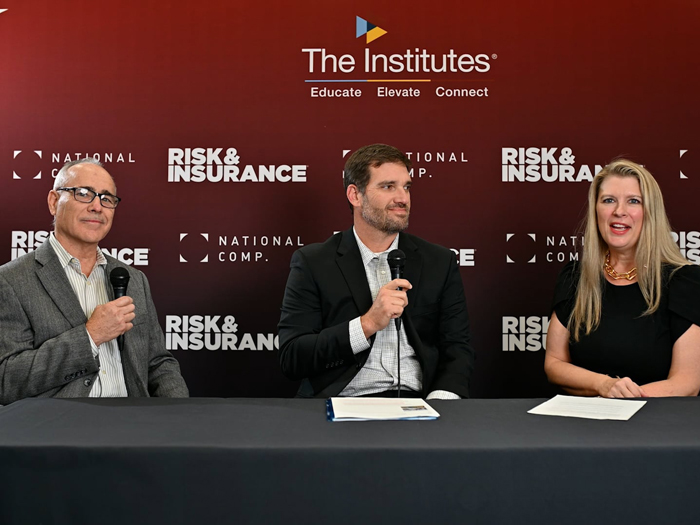Scientists Finally Found a Way to Effectively Replace Opioids

As the opioid epidemic continues to cripple more and more Americans each year, everyone from doctors and researchers to insurers and workers’ compensation managers has been searching for an effective way to manage pain without prescribing highly addictive drugs.
Within this battle for better treatment, medical cannabis often comes up as a potential solution. But the drug’s psychoactive properties often cause concern about its ability to treat injured workers without leaving them impaired.
Researchers may have just solved that problem.
According to Inverse
The Study at a Glance
- The research showed that the Cannabis sativa L plant produces two molecules called cannflavin A and cannflavin B, which were shown in 1985 to be 30 times more effective than aspirin by weight at reducing inflammation and relieving pain.
- Researchers examined the genomes and biochemistry of the plant in order to identify the genes and chemical reactions that produce the cannflavins.
- According to Dr. Tariq Akhtar, the study’s corresponding author, the molecules are thought to be so effective at reducing pain because they target inflammation at the source.The scientists have applied for a U.S. patent to synthesize the cannflavins.
Some Specifics
One of the biggest takeaways Akhtar sees from this research is that the cannflavins could be used to develop drugs that are both more effective at relieving pain and less addictive than opioids.
While many have argued in the past that cannabis could be used as an alternative to opioids, the molecules offer a potential treatment with zero impairment issues since both cannflavin A and cannflavin B are non-psychoactive.
“These molecules are non-psychoactive and they target the inflammation at the source, making them ideal painkillers,” Akhtar said. “There’s clearly a need to develop alternatives for relief of acute and chronic pain that go beyond opioids.”
These properties make the cannflavins a potential alternative for people suffering from chronic pain, a condition that can often lead to struggles with addiction when treated with opioids. In addition to being less addictive, the cannflavins are also expected to have fewer side effects than opioids due to the fact they are natural compounds.
“Most natural products don’t have the toxicity that’s associated with over-the-counter pain relief drugs, which, even though they’re very effective, do come with health risks. So, looking at natural products as an alternative is a very attractive model,” Akhtar told the Toronto Star.
All of these factors have cannflavins A and B set to become just as well known within the medical marijuana world as their more famous cousins, THC and CBD.
Recommended Reading
For several years now, medical cannabis has been a frequent topic of discussion within the workers’ compensation and insurance worlds.
Injured workers are increasingly using cannabis rather than opioids to treat pain, and they’re requesting workers’ comp pay for it.
Despite the fact that cannabis is becoming more accepted as a method for pain management, people are still nervous about using the drug as physicians could potentially lose their licenses for prescribing a federally illegal substance and insurers are struggling with the lack of dosing guidelines.
Much of this debate stems from the fact that, despite its increasing popularity, we still don’t know much about medical cannabis.
The drug also faces continued challenges on its road to legalization across the U.S. Just recently, marijuana delivery drivers and dispensaries have faced legal action for alleged use and misuse of the drug. &










